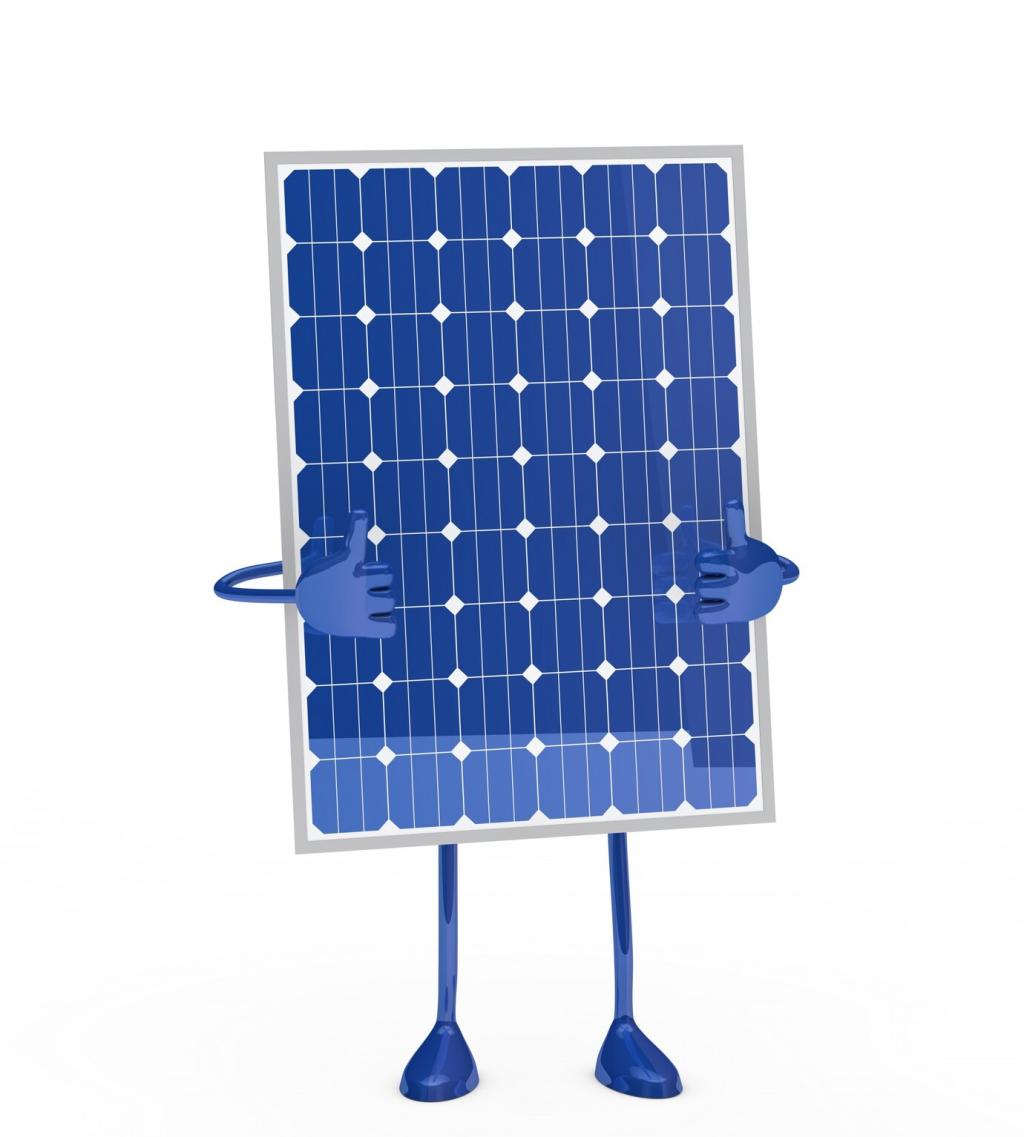Efficient Comfort: Insulation Techniques for Energy Efficiency
Chosen theme: Insulation Techniques for Energy Efficiency. Step into a warm, quiet, and cost-savvy home by mastering practical insulation methods that reduce waste, boost comfort, and make sustainability feel delightfully achievable—starting today.

Why Insulation Matters: The Science Behind Energy Efficiency
R-Values and U-Factors, Simply Explained
R-value measures resistance to heat flow, while U-factor measures how easily heat passes through. Higher R and lower U deliver better efficiency. Knowing both empowers you to compare products confidently before buying.


Fiberglass, Mineral Wool, and Cellulose: Dependable Workhorses
Fiberglass batts suit standard framing, mineral wool adds fire and sound benefits, and dense-pack cellulose excels in retrofits. Installation quality matters more than brochure promises—tight fits and full coverage prevent costly cold spots.

Spray Foam and Hybrid Approaches
Closed-cell foam adds structure and vapor resistance, while open-cell enhances sound control. Many pros blend methods—like foam for sealing plus batts for bulk R-value—to capture air-tightness and cost-effectiveness in one balanced strategy.
Air Sealing First: Small Gaps, Big Energy Wins

Professional blower-door tests quantify leakage and reveal hidden gaps. DIY tricks help too: incense smoke near outlets, trim, and attic hatches often shows telltale movement. Target these spots for outsized savings and comfort.



Retrofit Wins: Step-by-Step Upgrades that Pay Off
A 1950s Bungalow’s Makeover
Dense-pack cellulose in walls, R-60 attic insulation, and rim-joist sealing cut energy use by roughly 31% in one year. Comfort improved immediately, and the family reported quieter evenings plus fewer cold corners.


Drill-and-Fill Walls Without a Major Renovation
Technicians drill small holes, dense-pack cellulose, then patch and paint. The technique boosts R-value while limiting disruption. Pair with attic air sealing to amplify results and protect your new insulation from hidden drafts.
Moisture, Ventilation, and Long-Term Durability
Vapor Control: Smart Membranes and Placement
Choose vapor retarders that adapt to conditions, allowing assemblies to dry when needed. Place them on the warm-in-winter side in cold regions, and avoid trapping moisture between impermeable layers that encourage hidden condensation.
Balanced Ventilation: HRVs and ERVs Explained
Tighter homes need planned ventilation. Heat Recovery Ventilators and Energy Recovery Ventilators exchange stale air for fresh while conserving energy. Correct sizing and commissioning sustain comfort, humidity control, and indoor air quality reliably.
Basements and Crawlspaces: Dry First, Insulate Second
Control bulk water with drainage and vapor barriers, then insulate walls or rim joists as appropriate. A dry foundation multiplies insulation effectiveness and prevents musty odors that can creep into living spaces above.
